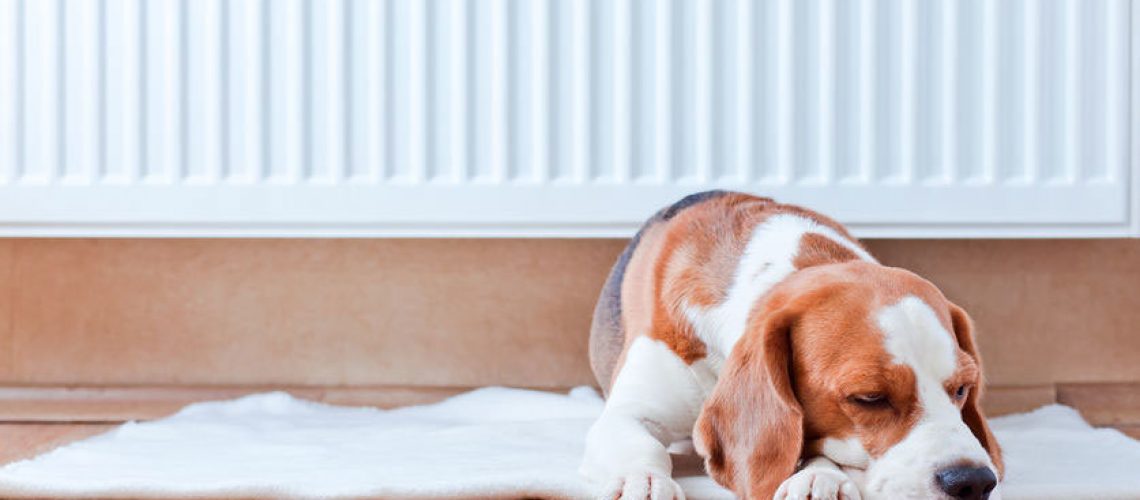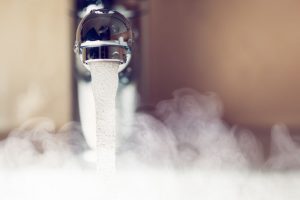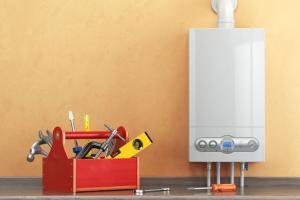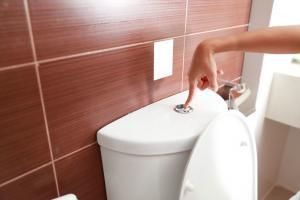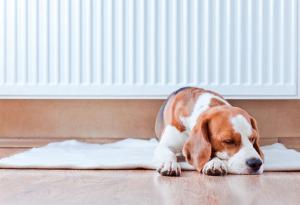With the colder months settling in, you’ll want all your radiators to be firing on all cylinders. It can be a annoying when just one of your radiators is not working.
It’s actually quite a common problem for homeowners turning their radiators back on after they have been dormant during the summer months. When you’re radiators are out of action they can seize up.
If just one of the radiators is not working, the issue is an isolated problem and can be fixed fairly easily. If none of the radiators work, you may have a problem with your central heating and will probably need to call an engineer.
When only one radiators is malfunctioning, the issue is typically due to one of three causes; there is a trapped air bubble, the thermostat valve needs loosening or the radiator needs cleaning.
Diagnosing the problem is also easy. If the radiator is warm at the bottom and cold at the top, your radiators need bleeding. When the top is hot and the bottom is cold, your radiator needs cleaning and if the entire radiator is cold, it’s probably your radiator valve.
How to Bleed a Radiator
Radiators are heated by a flow of hot water. It can sometimes be the case, especially after a period of inactivity, that air gets trapped in the pipes and prevents the flow of water reaching the top of the radiator.
If the top of your radiator is cold, all you need to do is loosen the bleed screw and let the air out. Before you rush off though, there’s a couple of important points you should know about.
- Before you start bleeding, turn off the central heating and place a towel or cloth underneath the bleed valve. The reason for this is because water will probably leak from the valve and if the central heating is hot could scold your hand and damage your carpet or flooring.
- To bleed the radiator you need to use a special key. Bleed keys are readily available from DIY stores and are not expensive. They have a square cap which slots on to the bleed screw.
- Turn the key no more than twice in an anti-clockwise direction. You only want to loosen the screw and not remove it. If an air bubble is trapped in your radiator you will hear a hissing sound when it’s released.
- Once the hissing stops, the air is expelled. All that is left to do is tighten the bleed screw and turn the central heating back on. Wait a few moments for the radiator to warm up.
Repairing the Radiator Valve
In situations where the radiator is entirely cold, the problem may be due to the thermostatic radiator valve (TRV).
Some modern radiators have a manual thermostat that can be used to heat or cool the radiator. Presumably you‘ve already checked this by twiddling the knob and nothing is happening.
Repairing the radiator valve is much easier than it might sound. However, you do need to be careful not to apply too much force otherwise it can damage the valve and cause water to flow out of the opening.
- The first thing you need to do is remove the cap. Then with a pair of pliers or an adjustable spanner, carefully open the valve by turning it anti-clockwise until it is fully open.
- Sometimes the TRV seizes up so if you notice there is some resistance, spray the thermostat valve with some lubricant to loosen it.
- If the TRV was the problem, you should start to feel the pipes heat up after a few moments.
Cleaning Radiators
Over time, radiators collect a build-up of dirt and grime that gathers in the bottom of the panel. When you notice one radiator in your house is not working properly, it could mean they need cleaning.
You will know if the radiator needs cleaning if there is some heat coming through the top and sides but not the bottom. In most cases, you can clean radiators yourself without too much hassle.
- First of all, turn of your central heating until the radiator cools. Then you will need to lay a sheet on the floor and get a bowl to catch any debris falling from the pipes.
- Once the sheet is laid underneath the radiator, turn the lockshield valve in a clockwise direction until it is fully closed, This turns the radiator off and stops the flow of water.
- The next step is to turn off the thermostat valve if you have a dial. Then loosen the nut. You will need two wrenches for this, one to hold the nut steady, and the other to turn the screw. Before you do that place the bowl underneath the pipe.
- You then need to bleed your radiator. This will release any trapped air. There are usually a few spillages so have your bowl ready. Once this is done, close the bleed valve.
- Now it’s time to completely disconnect the radiator from the pipes and hoist it off its hinges. Take the radiator outside, or in a bath, and hose it down. Spray water through the valve outlets to clean the insides.
- Once the dirt and grime has been flushed out, return the radiator to the wall and reverse the valve settings.
Powerflushing
Older radiators can collect a thick layer of sludge that is difficult to clean out with a garden hose or shower. If you have tried cleaning the radiator to no avail, you may want to consult a professional to power flush your radiator.
Powerflushing services involves a plumber attaching a flushing unit to your central heating and pumping clean water through the pipes.
If you’ve tried fixing a radiator that won’t work without success, consult a professional heating engineer and get a diagnosis before deciding which cause of action to take. They will be able to give you good advice before you spend any money.

